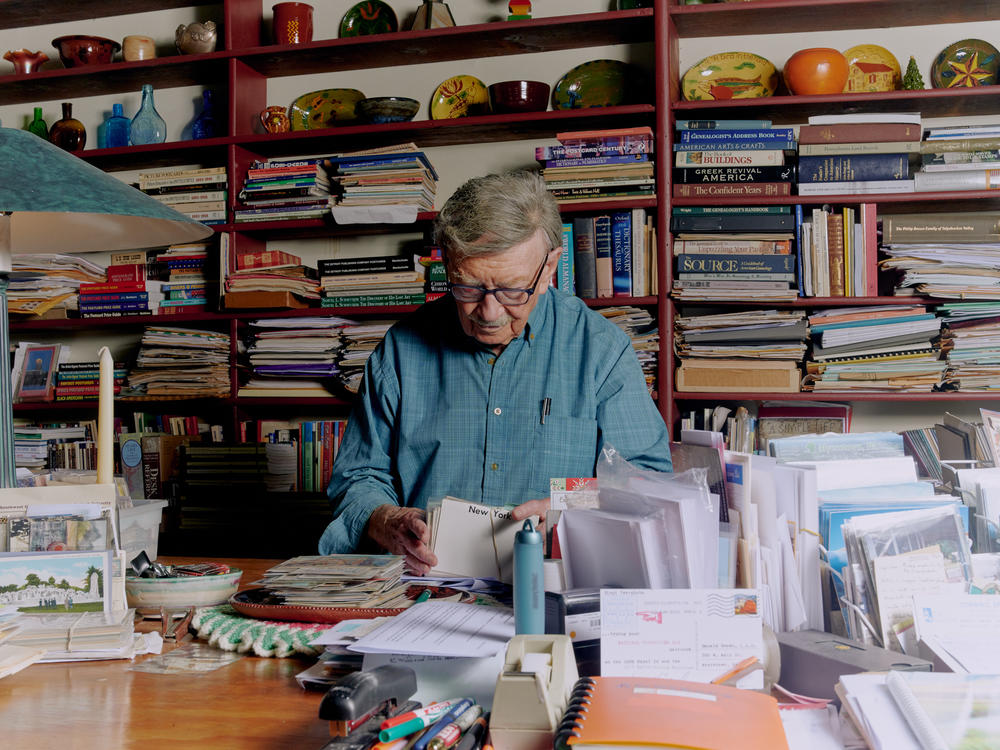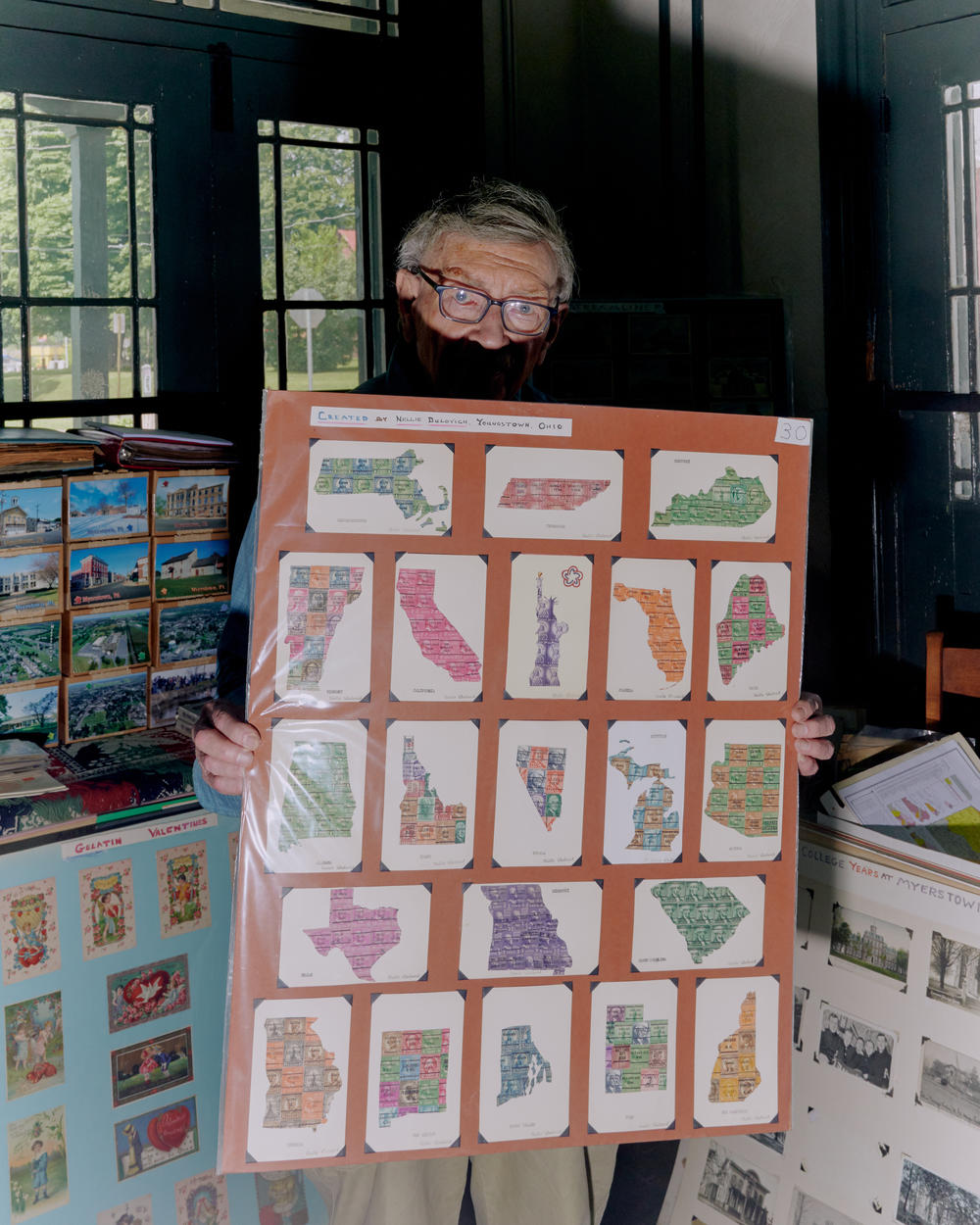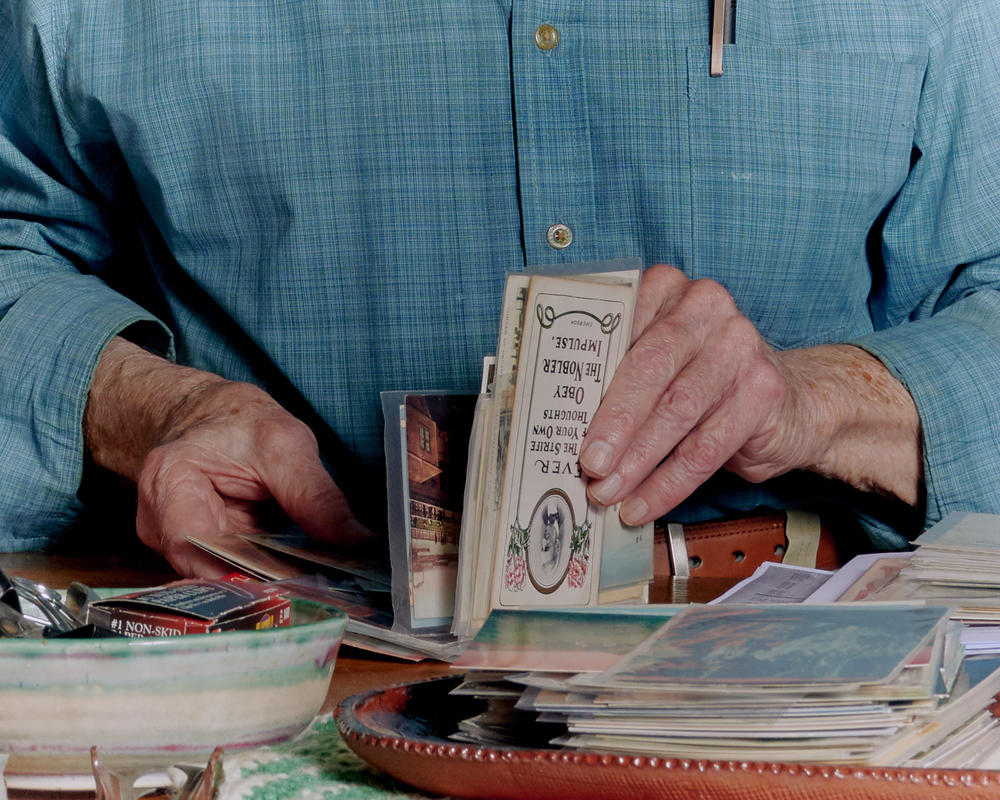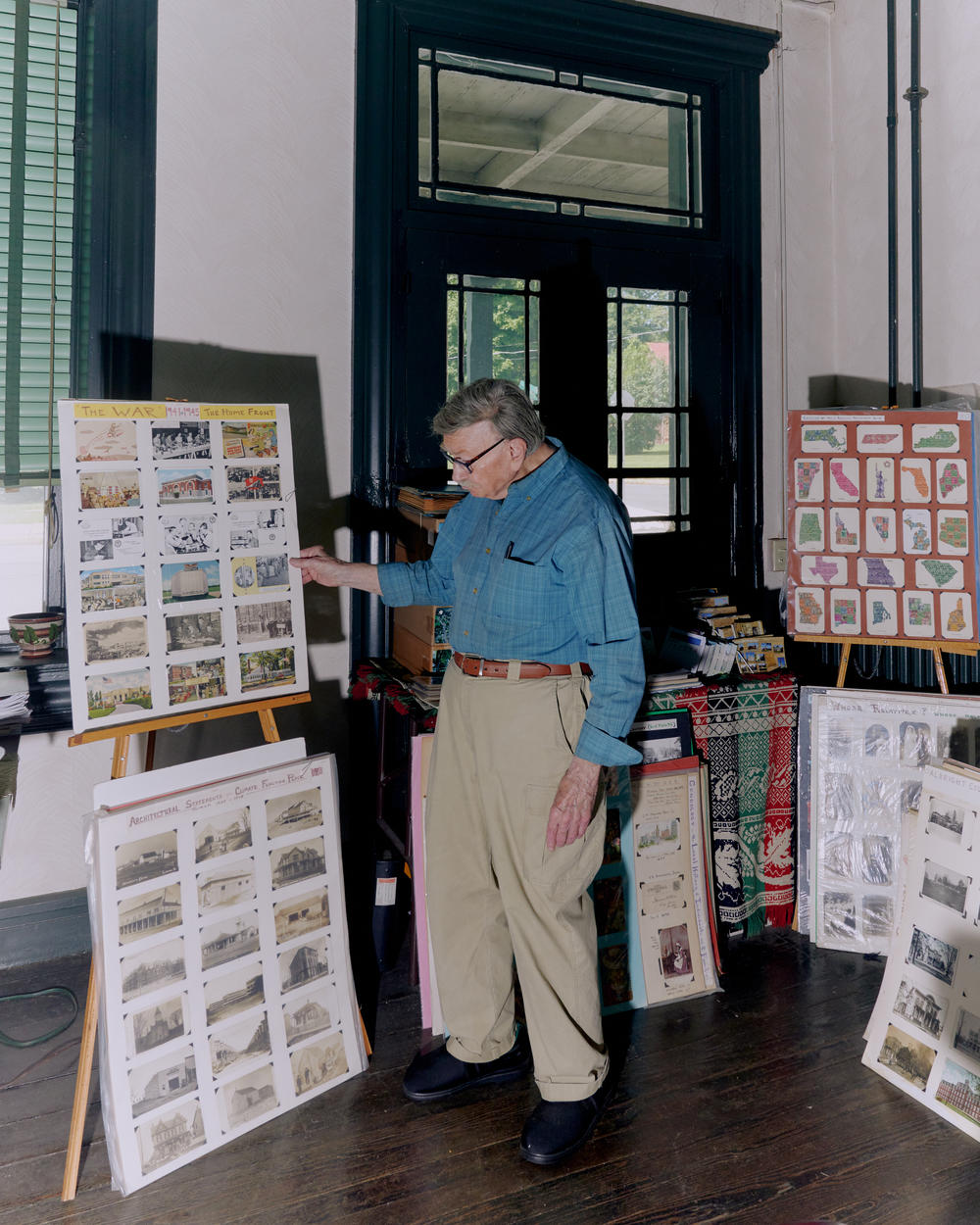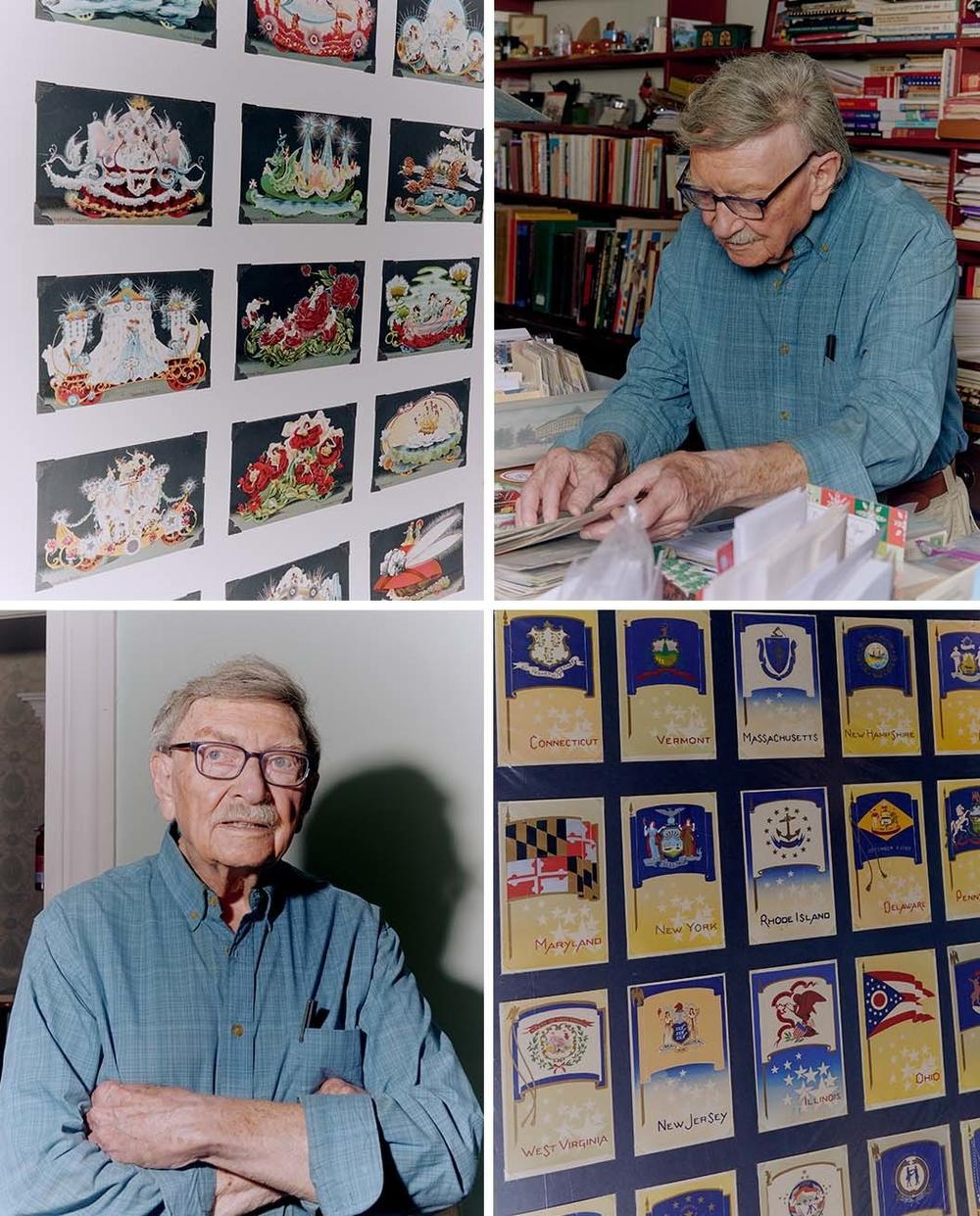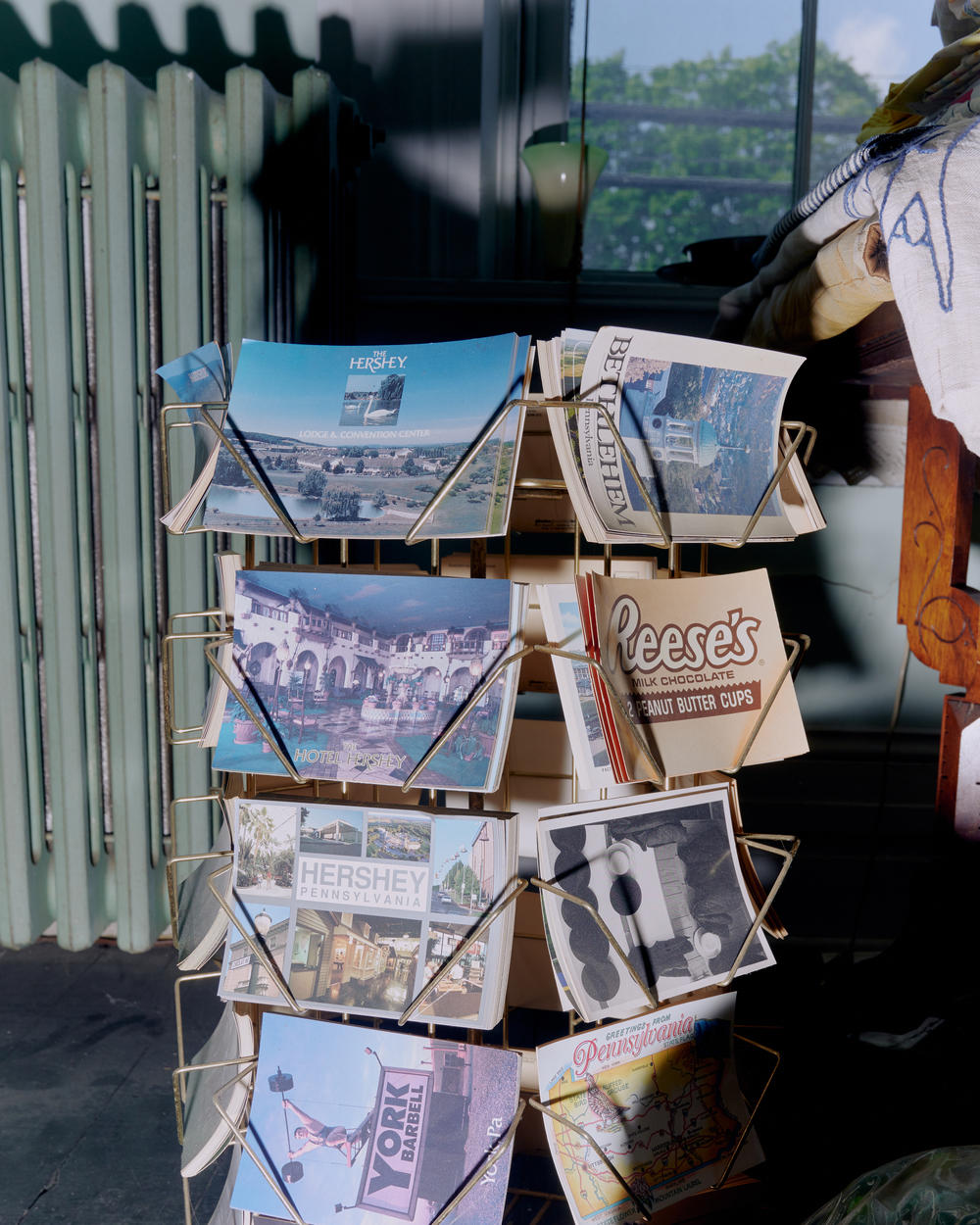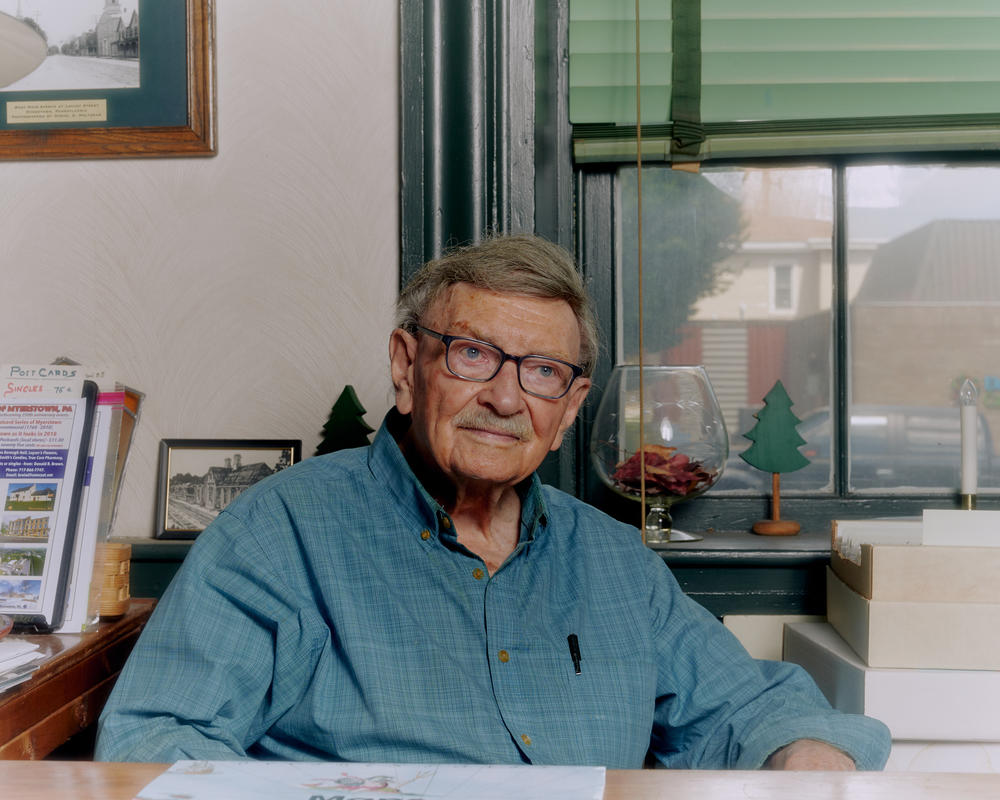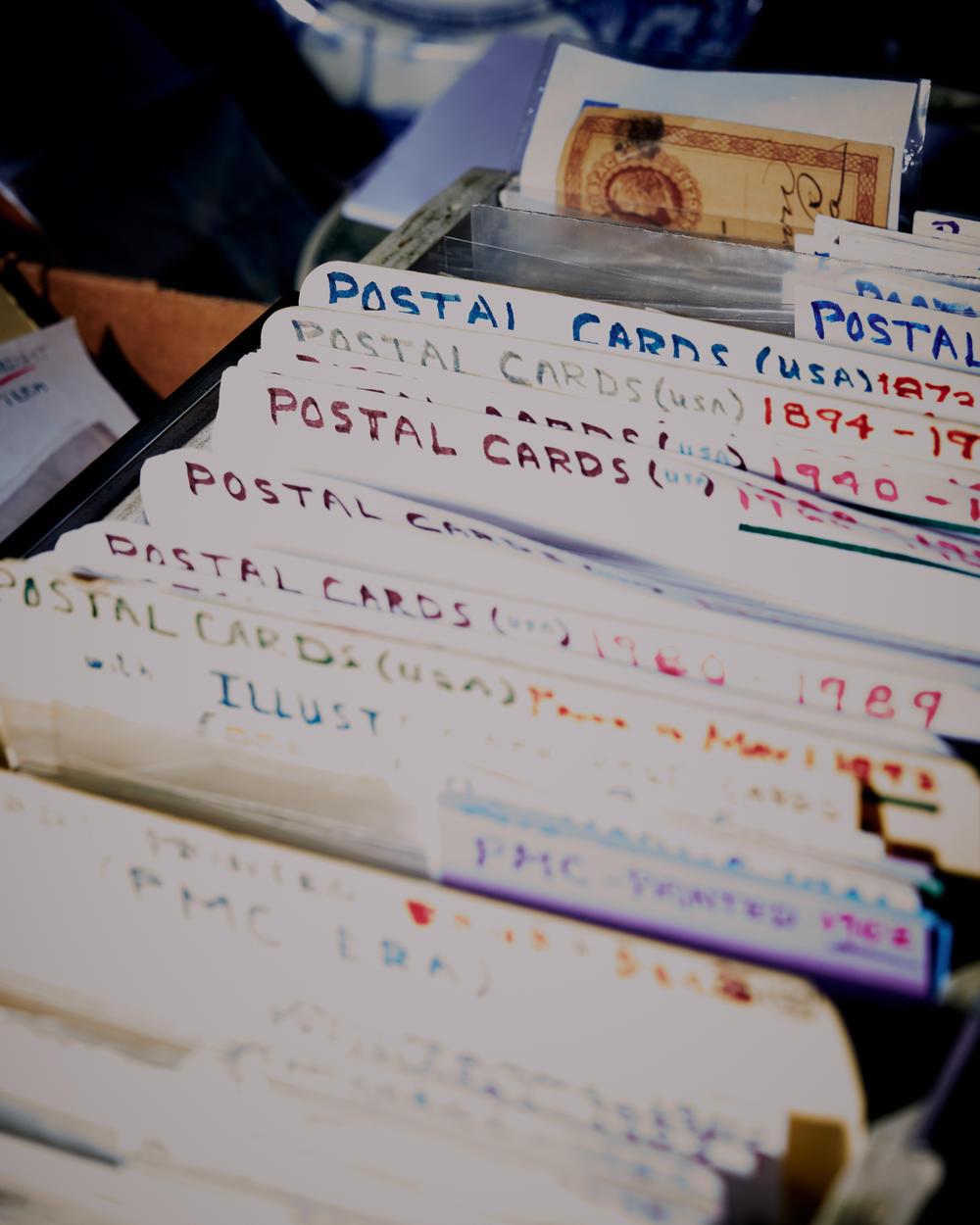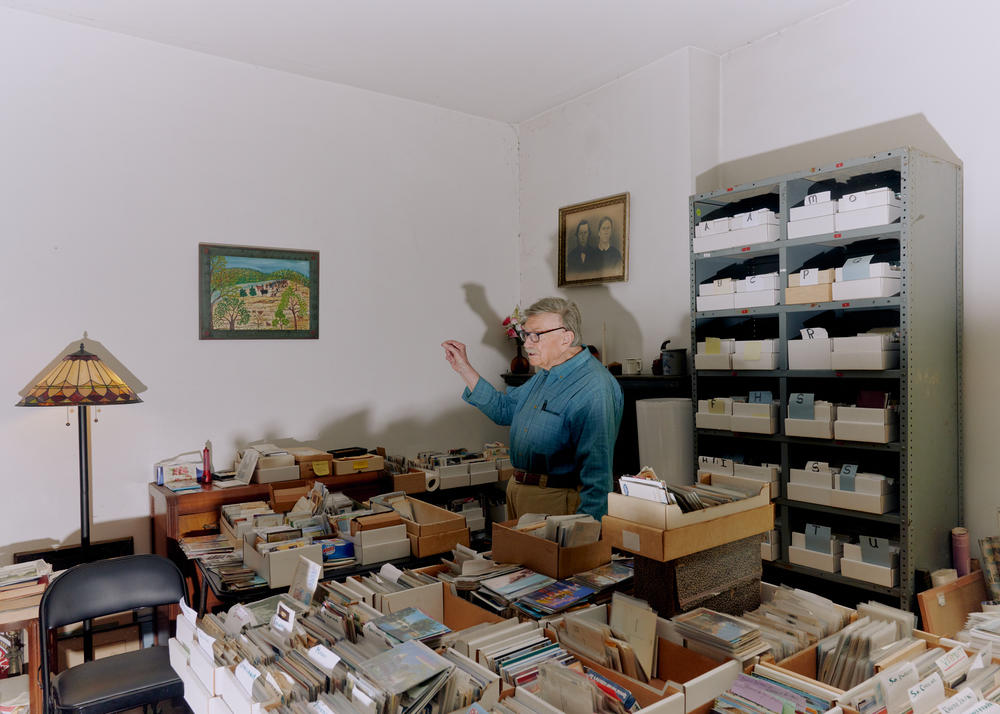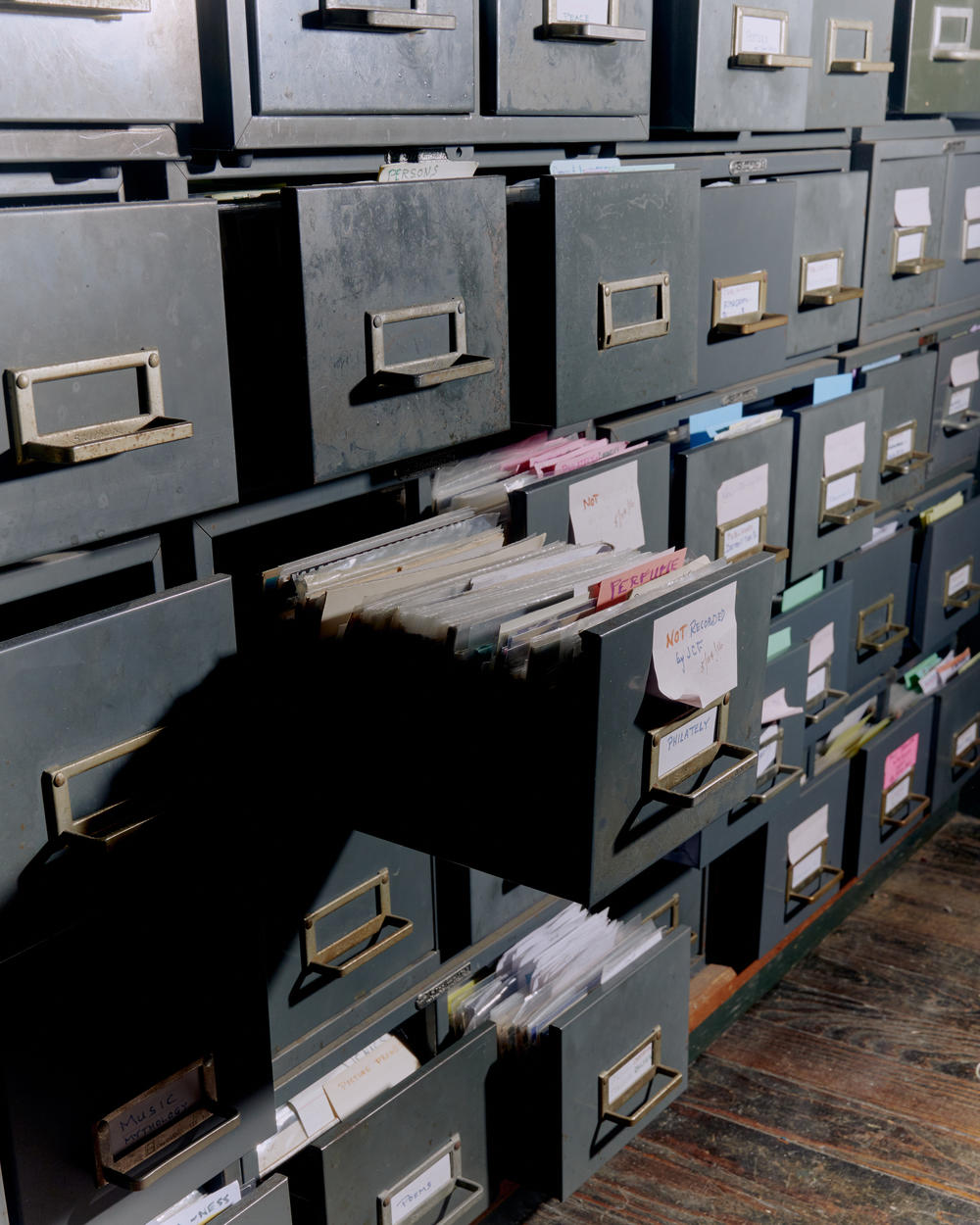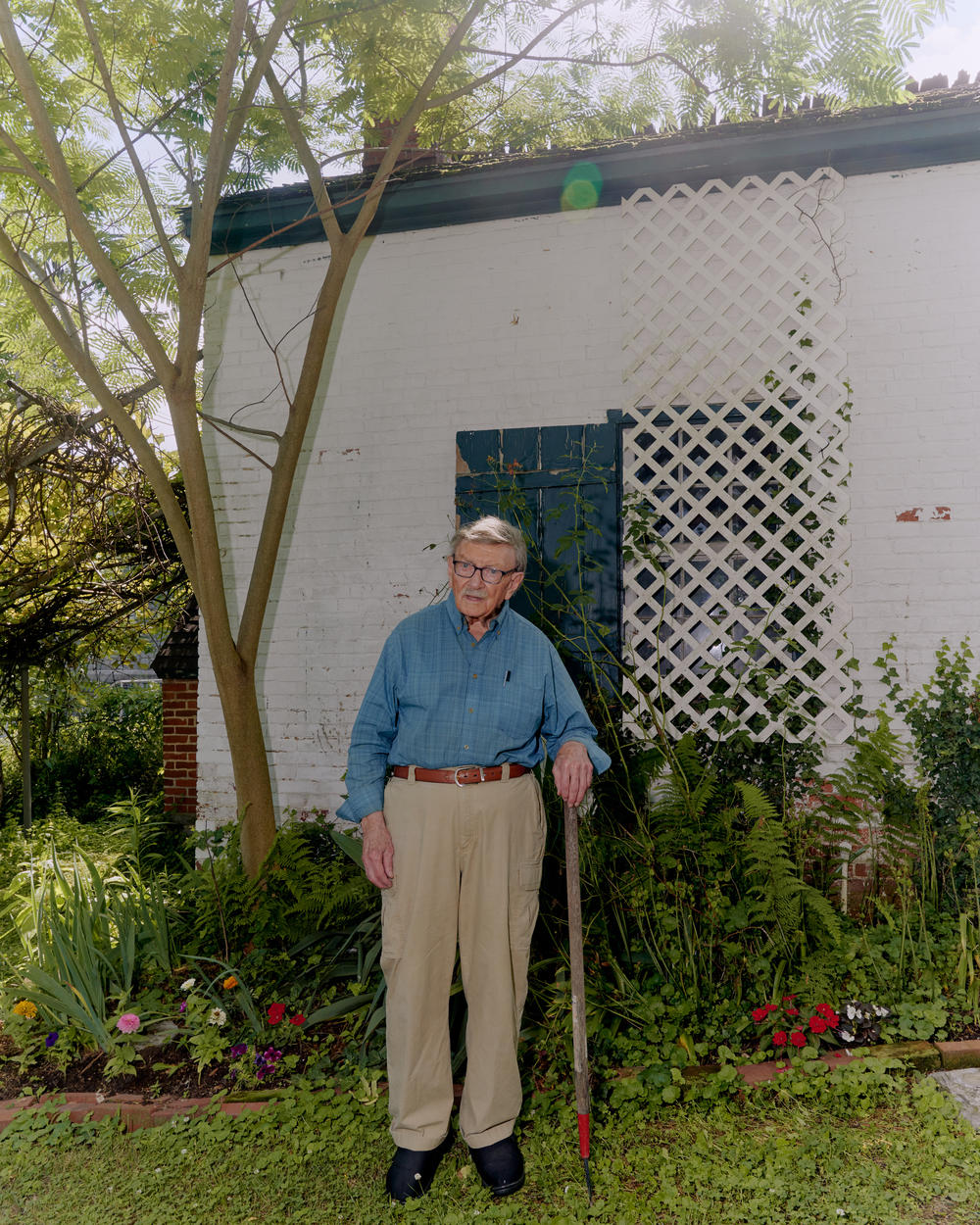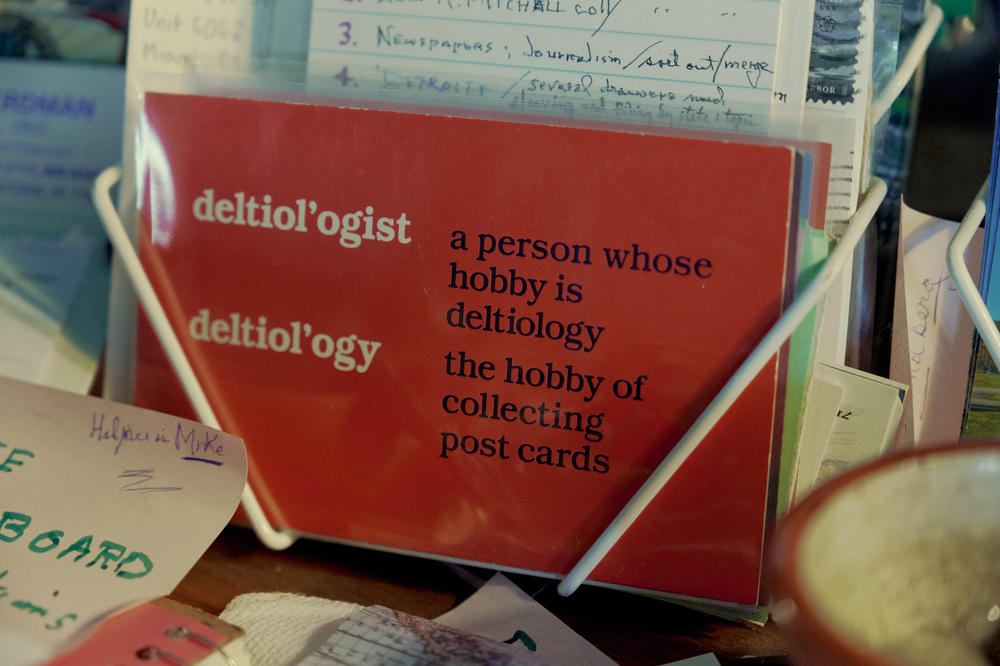Section Branding
Header Content
A collector was 'bitten by the postcard bug' 80 years ago; see some of his favorites
Primary Content
It's been nearly 150 years since the postcard first came on the scene. The great-grandparent to tweets, profiles, feeds and other social media, postcards were once the most efficient and cheapest form of correspondence for decades and, though technology played a part in their diminished popularity, one man is making sure his collection of postcards leaves a mark on our world.
Sitting just off the main street through Myerstown, Pa., a town of little more than 3,000 residents, Donald Brown has spent the majority of his nine decades assembling a collection of hundreds of thousands of postcards. His passion for them was discovered on a summer day in 1943 when Brown, 11 years old at the time, was combing through his recently deceased grandmother's things, alongside his aunt and mother.
When the trio came across a shoebox crammed with old, handwritten postcards, Brown was transfixed. The postcards had been sent from places he'd never been to or seen before — black and white images of the Panama Canal, collected by his grandfather during a visit in the early 1900s, were intermixed with scenes of New York City and Chicago, where the buildings stretched high up into the sky.
"I had been bitten by the postcard bug that day," Brown recalls, "and I just thought, 'Oh, this is terrific!' "
Like any young child with a newly discovered interest, he sought outlets to appease his newfound curiosity. "I just couldn't stop," he says. "I wanted to go to every five-and-dime store and buy postcards." And that's exactly what he did, riding his bike to every drugstore in neighboring towns. Soon after, he enlisted his friends to join the local Postcard Club, writing postcards and taping dimes to the backs of them in hopes their recipients would send something in return.
"You could say we were the geeks of our class," Brown says with a laugh about his days in junior high school. By the time he was graduating from high school, his collection had grown to close to 1,900 postcards and, when he'd finished college, it'd stretched to just shy of 6,200.
Now, at 92, his collection is even more impressive. Postcards spill into every room of his home, with the only exception being a guest room upstairs. Within his large two-story home, there are rooms full of postcards, organized by location and topic, that span decades and regions.
Malaysia, covered bridges, dogs, valentines — name a subject and Brown most likely has a stack of postcards that fit your interest neatly organized and filed away on shelves, inside drawers or carefully hand-taped to boards protected by translucent plastic wrap. After collecting postcards for the better part of 80 years, there are few in the world that share Brown's knowledge or love for the nostalgic form of long-distance communication.
After retiring from his career as a librarian, Brown founded a nonprofit research center in the early '90s dedicated to the study and preservation of postcards and North American history. The institution, combined with his own personal collection, peaked at around 1 million individual cards before Brown began donating pieces of his legacy to the University of Maryland, which runs the National Trust for Historic Preservation Library. Thanks to the 300,000-plus cards Brown's donated, the library now boasts one of the largest postcard collections of its kind within the U.S.
"They're something you can hold in your hand," he says. "It becomes a treasure— a personal memento that reflects certain qualities of our current society."
It's been awhile since the "Great Postcard Craze" of 1904, which was sparked at the World's Fair that year in St. Louis. These days, postcards are synonymous with vacations, stocked regularly at galleries and museums, gift shops and gas stations, commonly shoved between plastic key chains and refrigerator magnets, but Brown says those only scratch the surface, noting that postcards blend documentation and history with art and photography, regardless if they were sent 100 years ago or 10.
Now a seasoned nonagenarian, Brown is beginning to take more time for himself and has been downsizing his collection. He still takes time to garden, and though he still conducts tours within his home, he prefers smaller, more intimate groups. Make no mistake, though: Postcards still take up a large part of his time, and he proudly proclaims that "not a week goes by where I'm not sending or writing one" — he likes to think that, in a sense, his life can be summed up as one giant postcard.
The future of postcards is bright, in part thanks to Brown's lifetime of work collecting and archiving them. "Yesterday's postcards have documented today's history ... just as today's postcards are documenting tomorrow's histories."
Evelyn Freja is a freelance photographer based in New York. See more of her work on EvelynFreja.com or on Instagram, at @evelynfreja.
Grace Widyatmadja photo edited this piece.
Zachary Thompson copy edited this piece.
Copyright 2023 NPR. To see more, visit https://www.npr.org.
